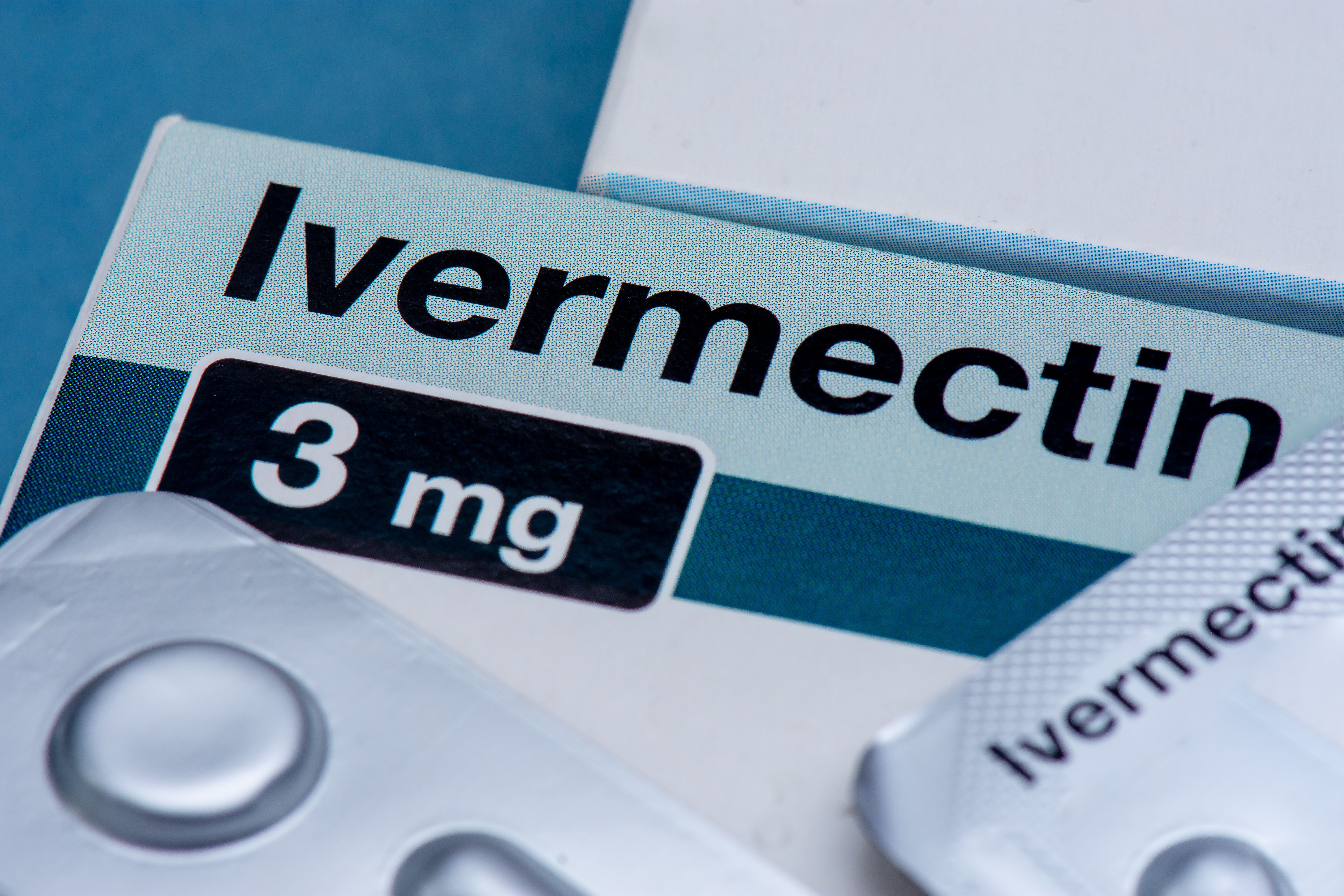Article
Clinical Overview: Pimavanserin for Parkinson Disease
Author(s):
Pimavanserin is an atypical antipsychotic indicated for the treatment of Parkinson disease-associated hallucinations and delusions.
Pimavanserin (Nuplazid) was approved by the FDA in 2016 with breakthrough therapy designation for the treatment of Parkinson disease (PD)-associated hallucinations and delusions. The approval was based on the findings from a 6-week clinical trial and extended open-label follow-up period.1
Mechanism
Pimavanserin is an atypical antipsychotic that acts as an inverse agonist and antagonist of the serotonin 5HT2A and 5HT2C receptor, with the affinity for 5HT2C being ~40x weaker than the affinity for 5HT2A.2,3 It notably does notact on any dopamine receptors, which would worsen the movement symptoms of PD.
Administration and dosing4
Pimavanserin comes in 10 mg tablets and 34 mg capsules, with the recommended 34 mg dose taken by mouth once daily. No titration is required for this medication. The recommended dose if coadministered with a strong CYP3A4 is 10 mg taken by mouth once daily.
Pimavanserin can be taken with or without food and capsules can be opened and sprinkled over 1 tablespoon of applesauce, yogurt, pudding, or other liquid nutrition supplements. This is useful for patients with PD who have difficulty swallowing.
Food and drug mixtures should be consumed right away and not allowed to sit or be stored for later consumption. If a dose is missed, the patient can take it as soon as they remember unless it is closer to the time to take the next dose.
Special Populations
Pimavanserin has not been evaluated for use in pregnant or lactating women. The clinician should weigh the clinical needs of the mother against potential risk to the fetus. There are no renal dose adjustments required for pimavanserin unless the patient has severe end-stage renal disease (CrCl <30 mL/min), in which case use of pimavanserin is not recommended since it has not been studied in that patient population.
Pimavanserin has not been studied in those with hepatic impairment and use is not recommended in this patient population. No dosage adjustment is required based on patient’s age, sex, ethnicity, or weight.
Warnings and Precautions5
Pimavanserin is not to be used for the treatment of dementia related psychosis. Elderly patients treated with pimavanserin for dementia-related psychosis are at an increased risk of death.
Pimavanserin can prolong the QTc interval. Patients at risk of QTc prolongation or with a history of arrythmias should periodically receive EKGs for monitoring purposes.
Drugs that increase QTc prolongation risk are as follows:
- Class 1A antiarrhythmics: quinidine, procainamide, disopyramide
- Class 3 antiarrhythmics: amiodarone, sotalol
- Antipsychotics: ziprasidone, chlorpromazine, thioridazine
- Antibiotics: gatifloxacin, moxifloxacin
Pimavanserin should be avoided in patients with a hypersensitivity to pimavanserin or its ingredients. Inactive ingredients in the pimavanserin tabletare magnesium stearate, pregelatinized starch, silicified microcrystalline cellulose, polyethylene glycol, polyvinyl alcohol, red iron oxide, talc, titanium dioxide, and yellow iron oxide. Inactive ingredientsin the pimavanserin capsuleare magnesium stearate, microcrystalline cellulose, black iron oxide, FD&C blue #1, hypromellose, titanium dioxide, and yellow iron oxide.
Drug Interactions6
Strong or moderate CYP3A4 Inducers are contraindicated with pimavanserin coadministration. Strong or moderate CYP3A4 inducers may decrease the serum concentration of pimavanserin and reduce exposure.
Thioridazine is contraindicated with pimavanserin coadministration due to it being a CYP3A4 inducted and an agent that can cause QTc-prolongation. Thioridazine may decrease the serum concentration of pimavanserin and increase the QTc-prolonging effects of pimavanserin.
Dose adjustment is recommended with pimavanserin and strong CYP3A4 inhibitors. Strong CYP3A4 inhibitors may increase the serum concentration of pimavanserin.
A dose decrease to 10 mg of pimavanserin daily is recommended when combined with strong CYP3A4 inhibitors. Monitor patient response closely with any use of such a combination.
Pimavanserin exerts no significant effect on carbidopa-levodopa or any other CYP3A4 substrates. Pimavanserin exhibits QTc prolonging effects, which may be compounded when coadministered with other QTc prolonging drugs.
Adverse Events (AEs)
The most common AEs reported in clinical trials of pimavanserin were nausea (7%), peripheral edema (7%), confusion (6%), and hallucinations (5%). The prevalence of QTc prolongation in pimavanserin patients is not known, but the drug does carry a risk of QTc prolongations. Other post marketing AEs that have been reported are angioedema, somnolence, falls, rash, uticaria, agitation, and aggression.
Product Storage
Both the 34 mg capsule and the 10 mg tablet can be stored at 20°C to 25°C (68° F to 77°F) with excursions permitted between 15°C and 30°C (59°F and 86°F). Protect from light to prevent the 34 mg capsule color from fading.
About the Author
Daniel Paul earned his Bachelor of Science in Biology from Allegheny College and his Doctor of Pharmacy degree from Duquesne University in Pittsburgh. He is currently earning a Master of Pharmacy Business Administration at the University of Pittsburgh, a 12-month, executive-style graduate education program designed for working professionals striving to be tomorrow’s leaders in the business of medicines. Dan has spent the last 2.5 years working in Specialty Pharmacy, initially as a clinical pharmacist and most recently as the manager of Pharmacy Operations.
References
- Commissioner Of the FDA approves first drug to treat hallucinations and delusions associated with Parkinson's disease. U.S. Food and Drug Administration. https://www.fda.gov/news-events/press-announcements/fda-approves-first-drug-treat-hallucinations-and-delusions-associated-parkinsons-disease. Accessed March 11, 2022.
- Cusick E. Pimavanserin. StatPearls [Internet]. https://www.ncbi.nlm.nih.gov/books/NBK557712/. Published November 20, 2021. Accessed March 11, 2022.
- Nuplazid (pimavanserin) sponsor background ... - fda.gov. https://www.fda.gov/media/96755/download. Accessed March 11, 2022.
- Nuplazid dosing. Dosing Information | NUPLAZID® (pimavanserin). https://www.nuplazidhcp.com/dosing. Accessed March 11, 2022.
- Nuplazid. - HIGHLIGHTS OF PRESCRIBING INFORMATION. https://www.nuplazid.com/pdf/nuplazid-prescribing-information.pdf. Accessed March 11, 2022.
- Nuplazid Lexicomp® Drug Interactions. UpTodate. https://www-uptodate-com.pitt.idm.oclc.org/drug-interactions/#di-analyze. Accessed March 11, 2022
Newsletter
Stay informed on drug updates, treatment guidelines, and pharmacy practice trends—subscribe to Pharmacy Times for weekly clinical insights.

FDA Grants Full Approval to mRNA-1273 COVID-19 Vaccine in Children At Increased Risk





